Category: Use cases
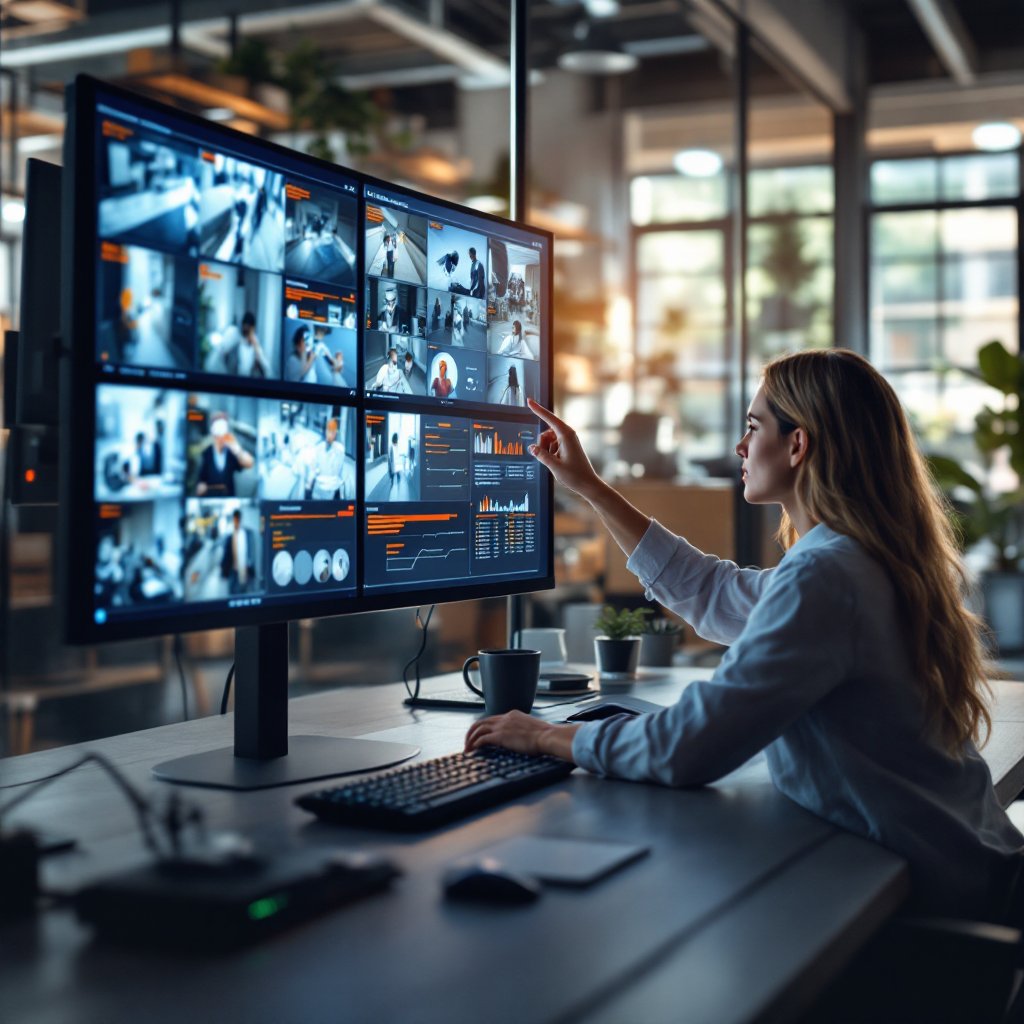
Agentic AI for video analytics
evolution of video: From traditional video analytics to agentic ai solutions The evolution of video has accelerated in the past decade. First, traditional video analytics relied on fixed rules and hand-crafted pipelines. These systems flagged motion, logged timestamps, and generated alerts based on predefine rules. They worked well for simple tasks but struggled with scale […]
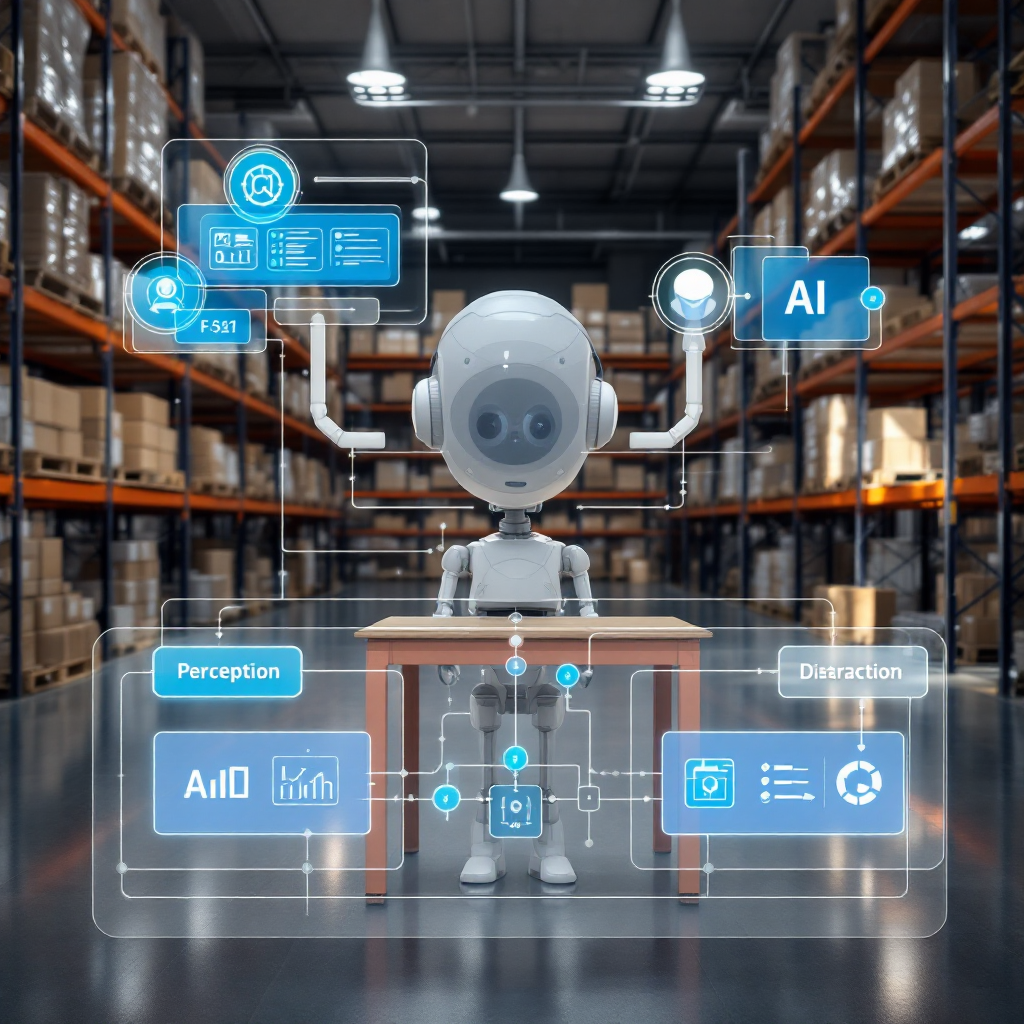
Agentic vision AI for computer vision applications
ai systems: Foundations of Agentic Vision AI AI systems power modern sensing and perception. They collect images, video, and metadata and then classify, track, and summarize them. In the field of computer vision, these systems form the foundation for higher-level decision-making and situational awareness. For example, a computer vision system ingests camera streams, pre-processes frames, […]
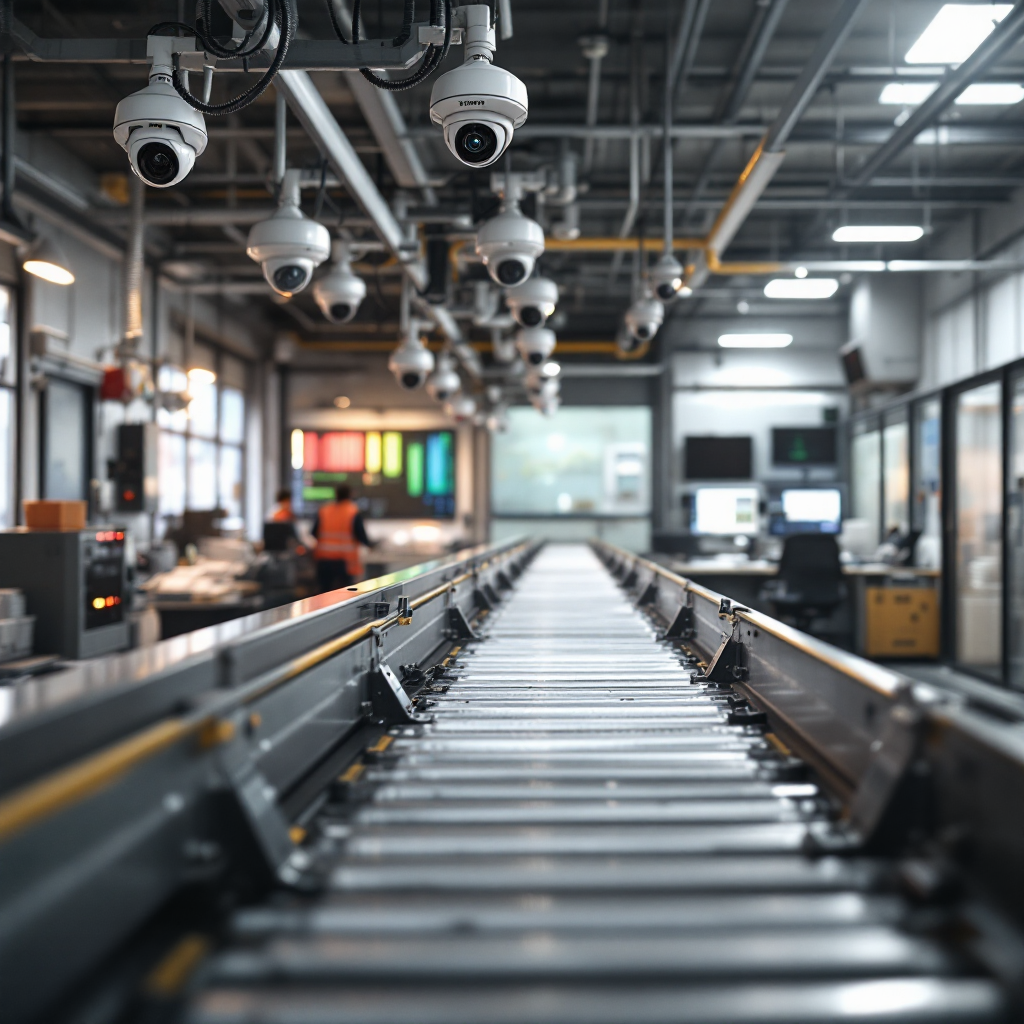
AI detection of animal remains in waste streams
using artificial intelligence for detection of animal remains in waste streams Detecting animal remains in mixed waste matters for welfare and conservation. Using AI in waste processing can protect animal welfare and public health. Also, it can inform wildlife conservation and help forensic teams. The core scope is broad. It covers environmental impact, animal health, […]
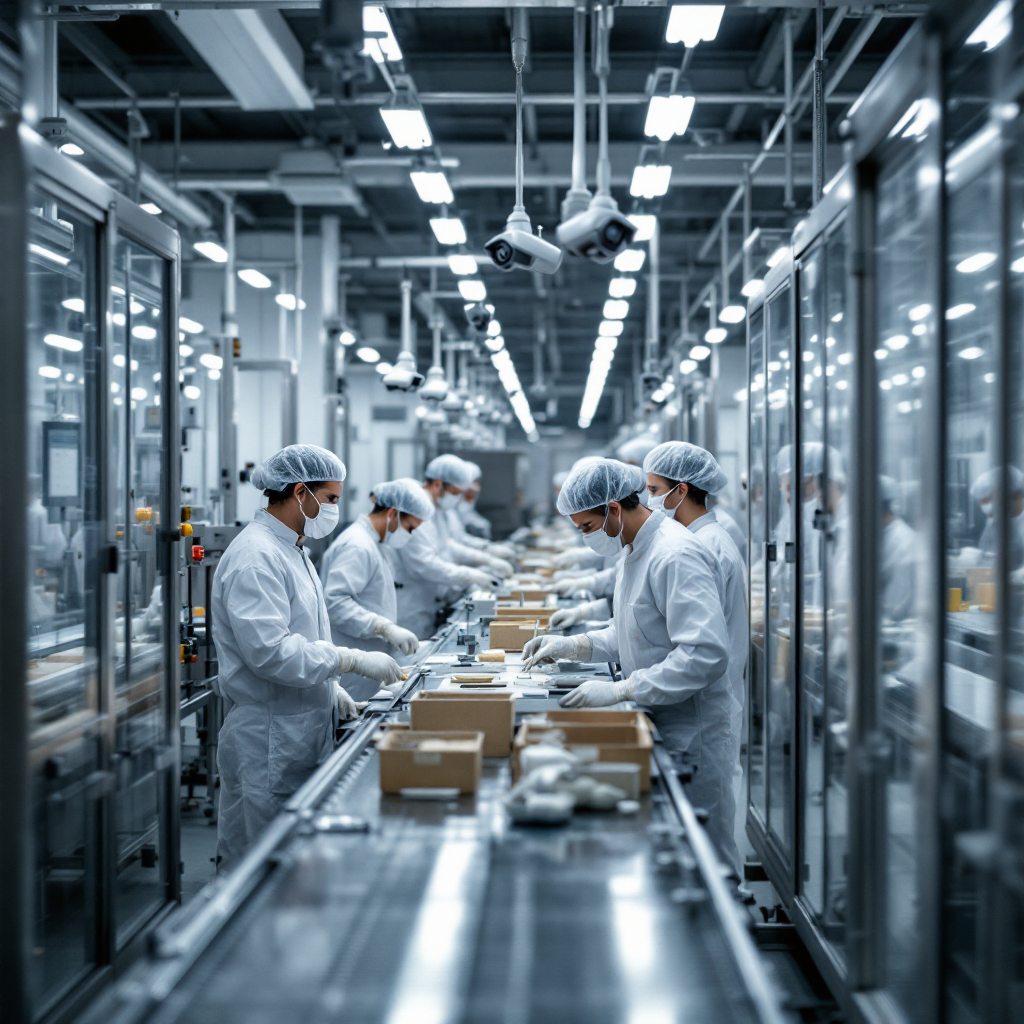
AI object-left-behind detection in hygiene zones
The Role of AI in Object Detection for Hygiene Zones Firstly, AI helps operators manage strict hygiene zones. Secondly, hygiene zones like food processing lines, surgical suites, and public sanitation areas demand constant attention. For example, a stray tool or packaging fragment in a food line can cause contamination. For instance, studies show AI systems […]
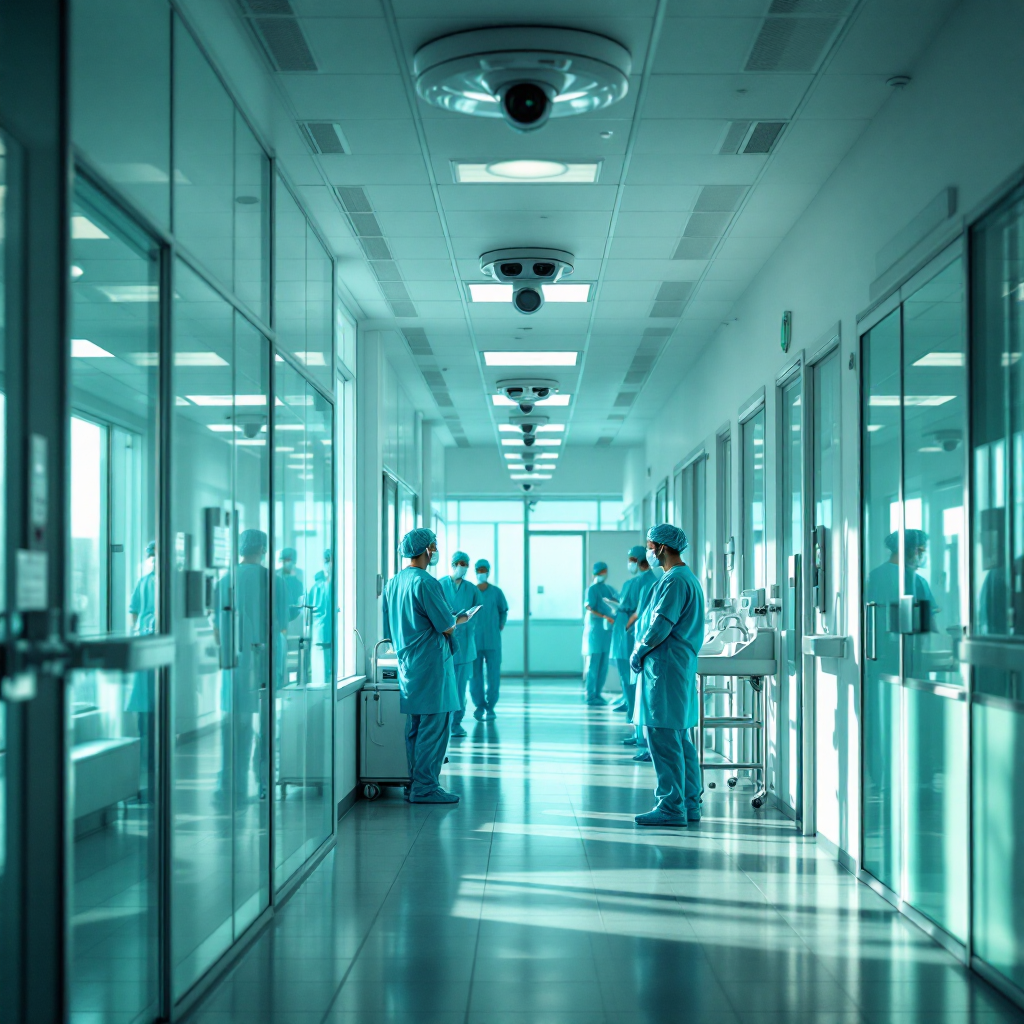
AI hand-washing and gowning compliance with cameras
Fujitsu’s ai-driven Monitoring Platform for Hand-Washing and Gowning First, next, then, also, additionally, however, therefore, thus, in addition, finally. Fujitsu designs an AI-driven platform that automates compliance tracking at wash stations and gowning points. The system uses multiple synchronized cameras, an AI engine, and on-prem hardware to monitor behavior and to issue instant cues. The […]
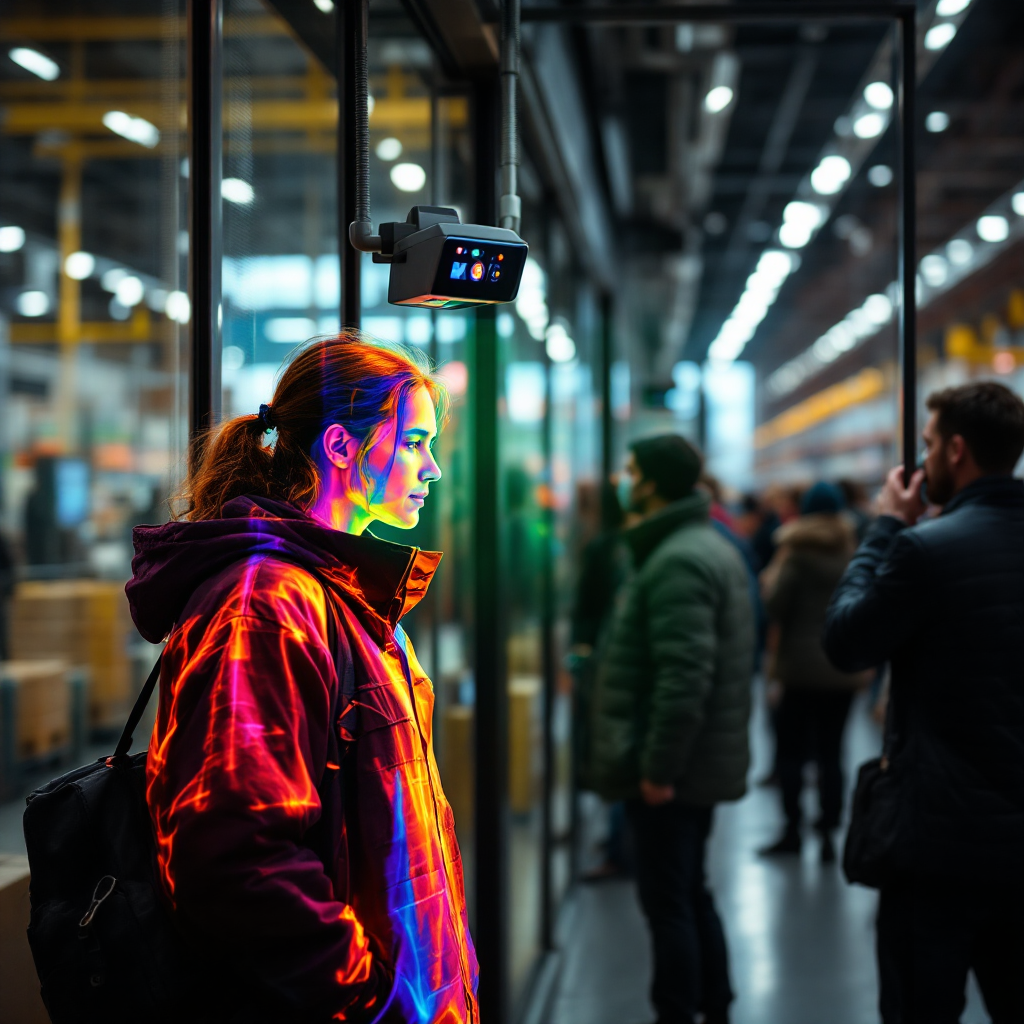
AI Thermal Image Detection via Thermal Cameras
Thermal Cameras Work with Infrared Thermal Imaging to Detect Body Temperature Thermal cameras work by capturing infrared thermal imaging that maps heat radiated from the skin. Sensors in modern infrared cameras measure emitted infrared energy and convert it to a visual thermal image, so operators can see temperature patterns across a face or forehead. This […]
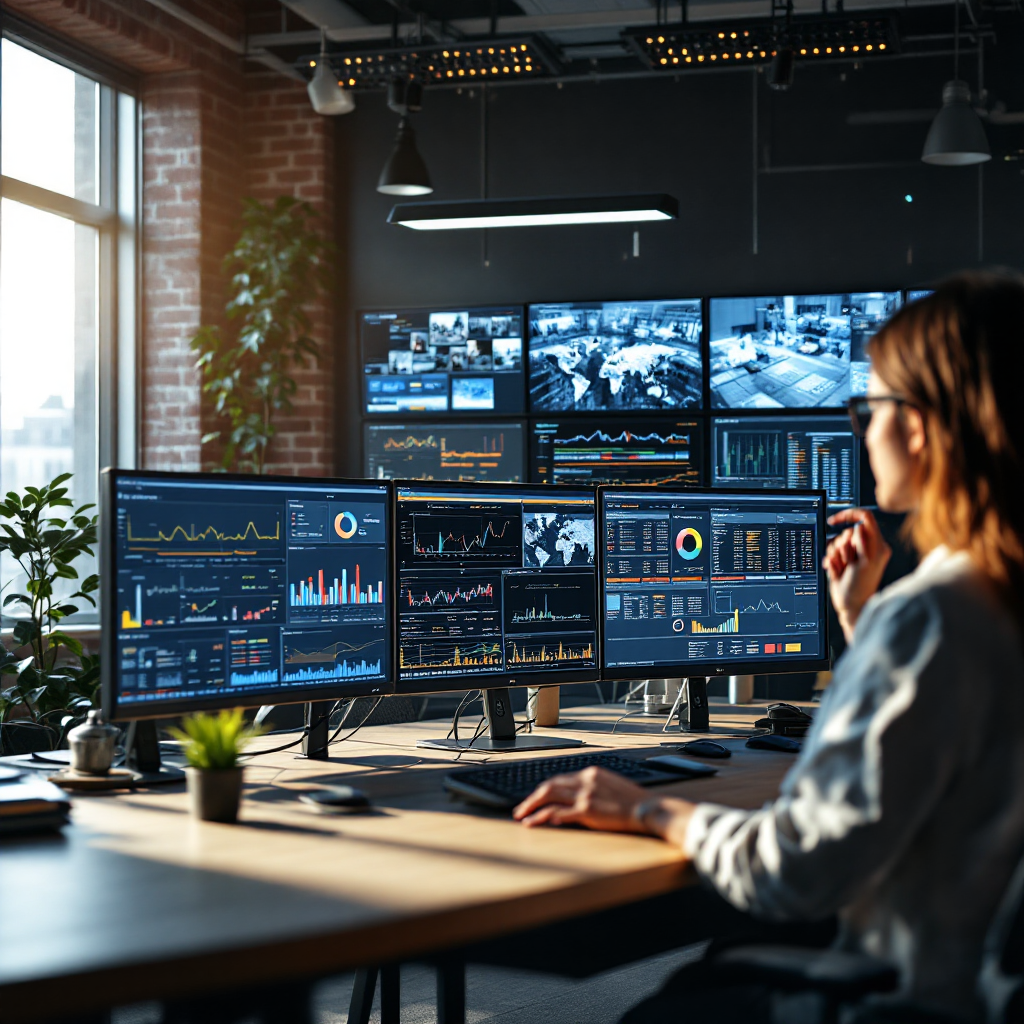
People analytics: AI to separate employee and machine data
People Analytics and AI in HR: Analytics for Employee and Machine Separation People analytics turns raw signals into clear actions. In HR settings, separation analytics sorts human activity from automated processes. First, define people analytics as the practice of using data to understand work patterns and outcomes. Then, define separation analytics as the set of […]
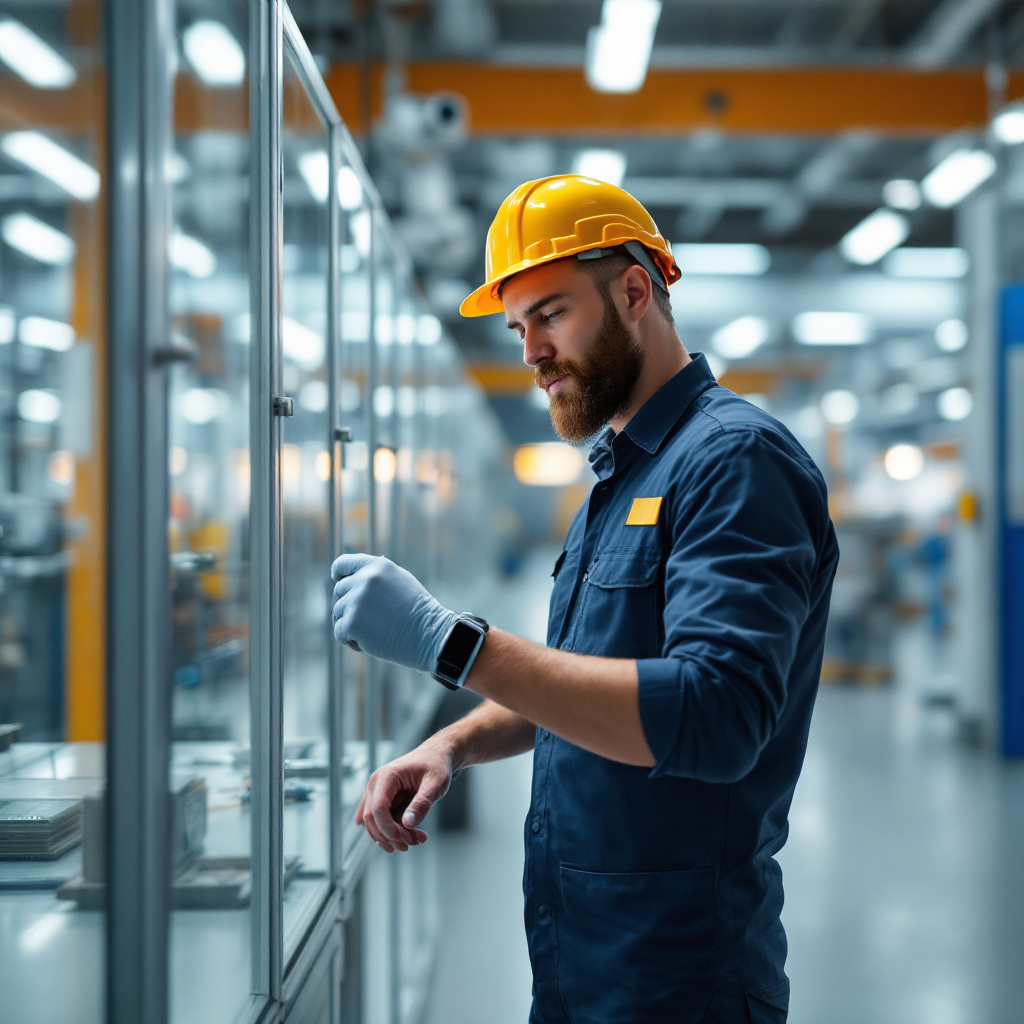
AI for knife and tool handling safety monitoring
Artificial intelligence in Knife and Tool Handling Safety AI transforms how companies observe and prevent accidents with knives and hand tools. It uses sensors and vision to watch movements, and it can flag unsafe grips, awkward postures, or excess force before an injury happens. In practice, artificial intelligence processes video and sensor streams to recognise […]
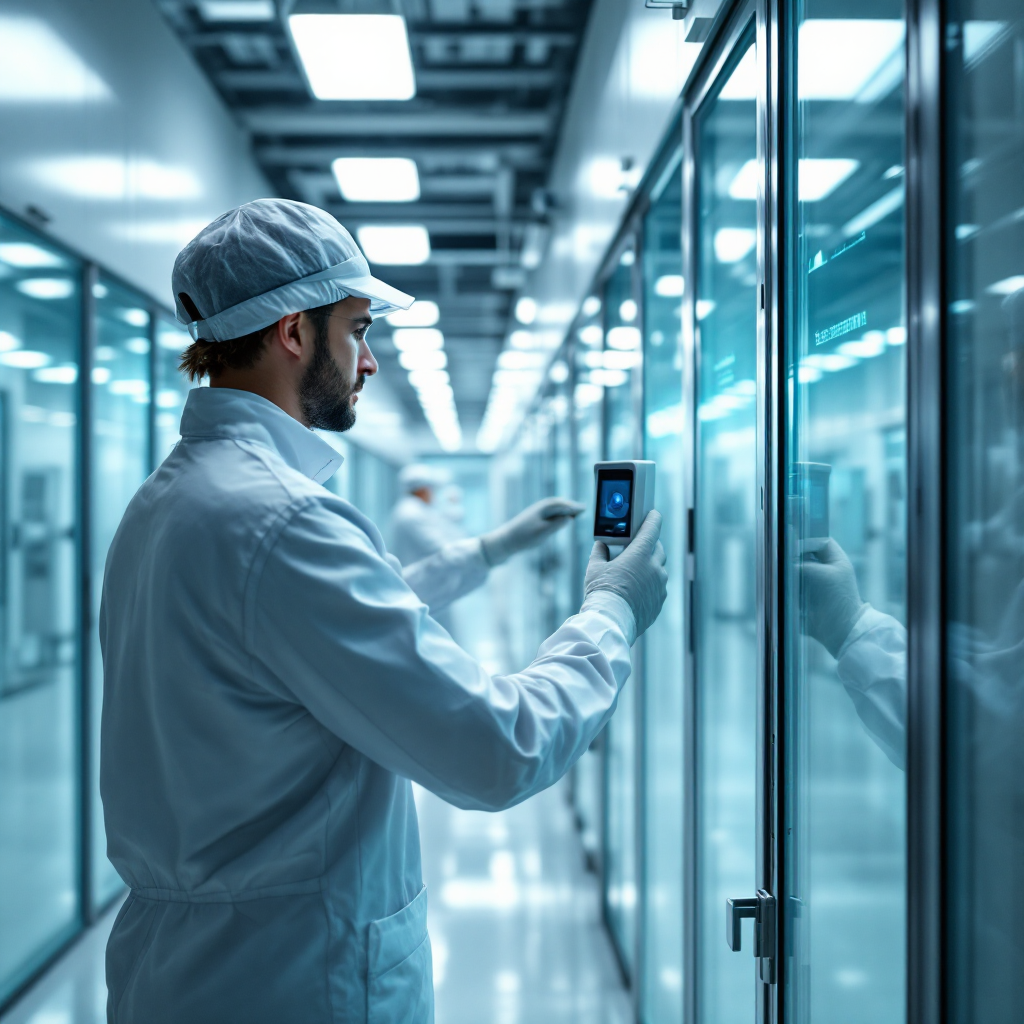
AI-powered Unauthorized Access Detection in Clean Zones
Transform Perimeter Security with AI-Powered Surveillance for Zone Access Control Clean zones are tightly controlled spaces used in pharmaceuticals, semiconductor fabs, and specialized healthcare areas where contamination and unauthorized presence create high risk. First, strict perimeter control is vital to protect processes, products, and people. Second, physical security and controlled access reduce the chance that […]
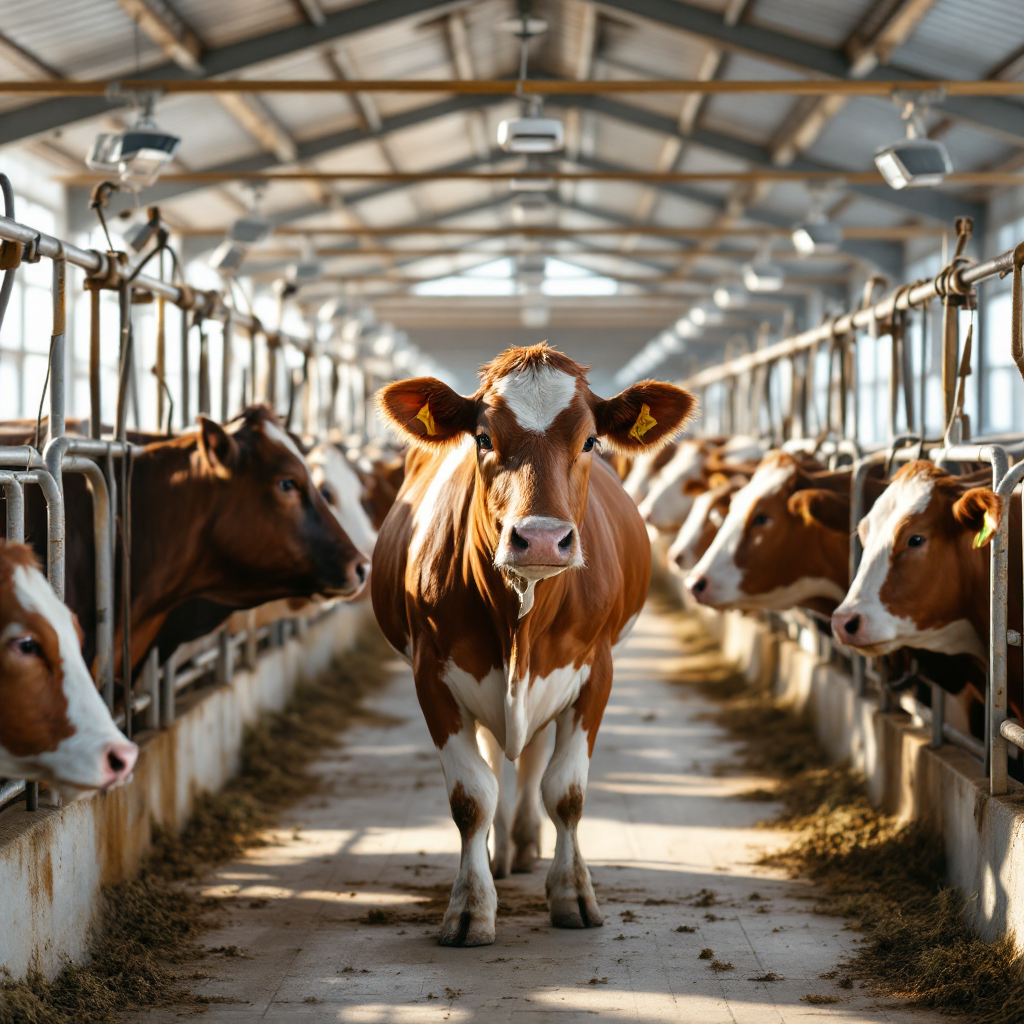
AI crowding detection in livestock holding pens
AI-powered detection systems in livestock holding pens Holding pens are where animals wait before milking, transport, or inspection. These spaces require clear visibility of flow. AI-powered cameras and sensors give that visibility. First, camera feeds capture position data. Then, models process frames to count animals. Computer vision models such as CNNs count cattle and flag […]

